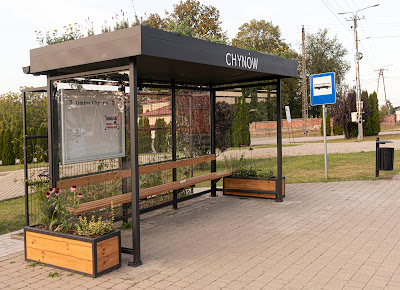I continue to be troubled by the relationship between spirituality and scientific method. Does Big-C Consciousness, that precedes all, that is the origin of all matter and energy in the Cosmos, does it will itself to be disrobed by our science?
Our personal subjective experience of consciousness is central to our being. Is it merely a byproduct of human evolution, along with instinct and intellectual capacity for problem-solving, existing only within our skulls? Or is it a fundamental property of the Universe, which we experience locally as essence of our existence? Can we tap into that cosmic, non-local consciousness, our brains being like wifi-equipped laptops that can function autonomously as well as being able to tap into the world-wide web?
Neurologists have been trying to pin down the seat of human consciousness for decades and still have no definitive answer. Google Gemini frames it thus: "Consciousness is likely a result of the interconnectedness of multiple brain regions rather than a single, localized area. Scientists continue to investigate the neural mechanisms underlying consciousness through various techniques, including brain imaging and neuropsychological studies."
Good luck with that. As with attempts to reconcile Einsteinian relativity with quantum physics.
But scientists will go on trying. Curiosity is an innate gift in us, we have that thirst to understand, both the scientific and the spiritual. But is it enough to know? To know enough? Is it sufficient to know that there are things that we will never know?
Does Genesis hold the clue?
16 And the LORD God commanded Adam, saying, Of every tree of the garden thou mayest freely eat:
17 But the fruit of the tree of the knowledge of good and evil thou shalt not eat: for in the day that thou eatest thereof, thou shalt surely die.
In a talk on YouTube I heard a reference to Stanford professor William Tiller and his experiment with the pH of a beaker of water becoming one unit more acidic after being left overnight in a room in which people had been meditating.... Now, that's should be easy to prove or debunk.
But do metaphysical phenomena wish to be quantifiably reduced to a physical proof, empirically checked out?
I don't think so. Which is why his paper has disappeared. Flaky woo-woo; not something he should have even attempted. I have written before about attempts to nail down paranormal phenomena using an approximation of the scientific method. Scientists would be loathe to admit the possibility that those paranormal phenomena might not want to quantified. Even scientists who fully embrace spirituality and religious practices, such as Rupert Sheldrake, still hold out for scientific explanations of the nature of consciousness: "Electromagnetism and light ... I think they're the interface with consciousness," he says in his discussion with Jesse Michels released today. [1:33:31-1:33:47]. But maybe consciousness exists in a realm inaccessible to the scientific method. Maybe consciousness is destined to remain a mystery for the scientific method.
In A Brief History of Time, Stephen Hawking says that in trying to reconcile the loose ends of physics, there are only three possibilities: 1) it's just a matter of time before science brings it all together, 2) there is no ultimate theory of everything, just an endless succession of theories that describe the universe with ever-increasing accuracy, or 3) this is no ultimate theory of the universe that can describe reality in merely scientific terms, leaving us with an eternal, ineffable, unsolvable mystery.
I revel in the notion of mystery for mystery's sake; mystery as an aesthetic. We all love a good mystery – but we want it solved. We seek closure.
The ending of what is still my favourite film, the Coen brothers' A Serious Man, disappoints so many viewers. Has Larry Gopnik just been diagnosed with an incurable disease? Will Danny Gopnik and his classmates be killed by the tornado heading towards them? Joel and Ethan Coen are saying to the audience: "Please, accept the mystery." I like this. It is realistic. There's rarely closure in life.
Maybe we are not ready – nowhere near ready – to understand the true nature of reality. It is important to preserve a sense of mystery and wonder about the universe, why it exists and where it's heading. Belief that humans have complete knowledge of Cosmic reality and can explain it with mathematical formulae diminishes our sense of awe and reverence, and it is that sense that makes our lives more rich and purposeful.
But whereas full understanding may never come to us, faith is there in its stead. What as I child I'd call 'God', these days I'd call 'Big-C Consciousness'. It is that which that predated and predicated matter; in the beginning was Consciousness, and it has a Purpose, a teleology, a destination, an endpoint towards which the Cosmos is evolving, the Universe unfolds. That gives me comfort and hope. And a happy life.
This time last year:
Summer's welcome extension
[Boiled local hops today to add taste to alcohol-free beer!]















































